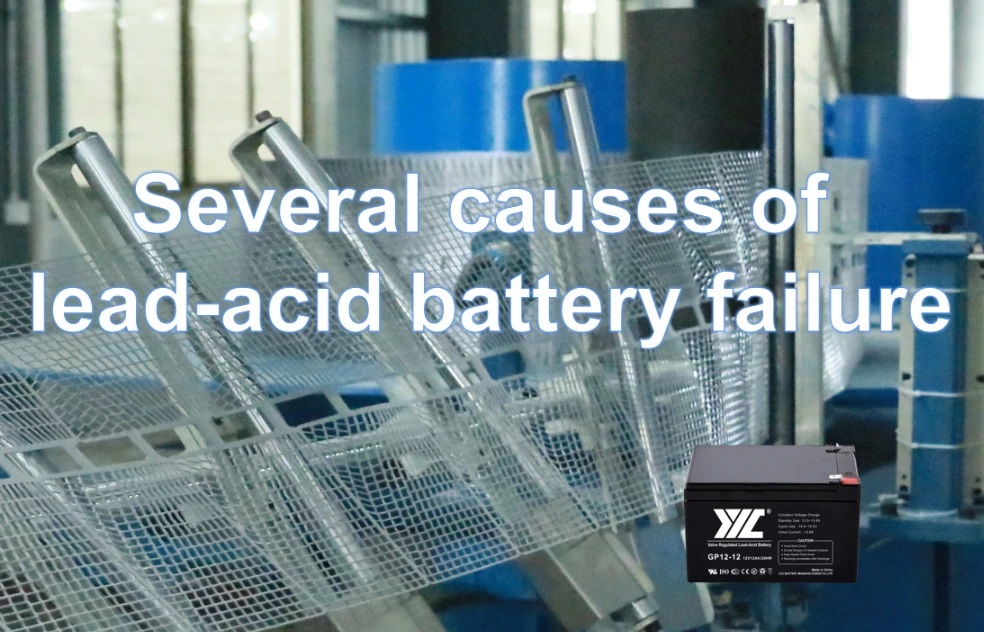Lead-acid batteries can fail for various reasons, often related to improper usage, maintenance, or environmental conditions.
1. Sulfation
- Cause: Sulfation occurs when lead sulfate crystals form on the battery plates and do not convert back to lead and sulfuric acid during charging.
- Impact: This reduces the battery’s capacity and ability to hold a charge.
- Prevention: Regular charging and avoiding prolonged periods of partial or full discharge can minimize sulfation.
2. Overcharging
- Cause: Overcharging happens when the battery is charged beyond its capacity, leading to excessive gassing and heat generation.
- Impact: Overcharging can cause water loss, increase internal pressure, and damage the battery plates, leading to reduced lifespan.
- Prevention: Use a charger with an automatic cutoff or float charge feature to prevent overcharging.
3. Undercharging
- Cause: Undercharging is when the battery is not charged to its full capacity, leaving lead sulfate on the plates.
- Impact: This can lead to sulfation and reduce the battery’s capacity over time.
- Prevention: Ensure the battery is fully charged after each use and use a suitable charger.
4. Deep Discharge
- Cause: Deep discharge occurs when the battery is discharged below 50% of its capacity frequently.
- Impact: It causes excessive strain on the battery plates and can lead to sulfation and reduced capacity.
- Prevention: Avoid deep discharges and recharge the battery promptly after use.
5. Corrosion
- Cause: Corrosion can occur on the battery terminals and connectors due to exposure to sulfuric acid or environmental factors.
- Impact: Corrosion can lead to poor electrical connections, increased resistance, and reduced charging efficiency.
- Prevention: Keep the terminals clean and apply a protective coating to prevent corrosion.
6. Stratification
- Cause: Stratification occurs when the electrolyte (sulfuric acid and water mixture) separates into layers, with denser acid at the bottom and water at the top.
- Impact: It reduces the battery’s effective capacity and can cause uneven charging and discharging.
- Prevention: Periodic equalization charging and ensuring proper battery agitation can prevent stratification.
7. Water Loss
- Cause: In flooded lead-acid batteries, water loss can occur due to evaporation or electrolysis during charging.
- Impact: Low water levels can expose the plates to air, causing sulfation and reducing the battery’s capacity.
- Prevention: Regularly check and top up the electrolyte levels with distilled water.
8. Thermal Runaway
- Cause: Thermal runaway happens when the battery generates more heat than it can dissipate, often due to high charging rates or environmental temperatures.
- Impact: It can cause severe damage to the battery and is a potential safety hazard.
- Prevention: Charge at recommended rates, ensure adequate ventilation, and avoid exposing the battery to high temperatures.
9. Physical Damage
- Cause: Physical damage can occur from improper handling, dropping, or exposure to vibration and impact.
- Impact: It can lead to internal short circuits, leakage, and reduced battery performance.
- Prevention: Handle the battery carefully and secure it properly in its application to avoid physical damage.
10. Aging
- Cause: All batteries have a finite lifespan and will degrade over time due to repeated charge and discharge cycles.
- Impact: Aging leads to a gradual loss of capacity and efficiency.
- Prevention: Regular maintenance and proper usage can extend the battery’s useful life, but aging is inevitable.
Understanding these causes of lead-acid battery failure can help in implementing preventive measures to maximize their lifespan and performance. Regular maintenance, appropriate charging practices, and proper handling are key to avoiding premature battery failure.


